EXCLUSIVE 24/7 VALENCIA INTERVIEW
Based in Valencia, Pedro Ponce Palomares is a professional chef and renowned author regarding Spanish cuisine. Visitors travel from all over the world to enjoy paella in the city of Valencia and the surrounding region. His book ‘El Libro de los Arroces, El Arroz en mi Memoria’ are rice recipes that Palomares has written down from his memory… regarding over 100 different rice recipes he has made.
24/7 VALENCIA: Please tell us why you decided to write about rice recipes. What was your fascination with the subject?
PEDRO PONCE PALOMARES: My beginnings in professional cooking took place in the Valencian Community, where rice is not only food, it is culture. This is a region rich in a multitude of rice-based preparations. Paella is probably the most internationally recognized of Spanish dishes.
The first elaborated dishes I cooked in those kitchens were different types of paella. I was captivated by how versatile rice is; it can be used to cook almost any food. This left its mark on me forever.
A few years ago, when I was already away from cooking within the world of restaurants & catering, I was inclined to recall some of those rice dishes that I had memorized. I finally realized I had already cooked over one hundred different dishes with rice. I sorted them out, put them in an order and published them in this book. This took up two years of my free time, whilst enjoying this traditional cuisine, for each recipe I cooked again as research.
What was your inspiration behind the title?
The title of the book is ‘The Book of Rices, The Rice in My Memory.’ It is a cookbook, where there are only rice recipes, almost all of them were unwritten recipes that fluttered through my memory. In this case, I chose to publish 123 different recipes. Behind that number, there is a mathematical obsession!
What is your favorite paella recipe?
I really like paellas or rice dishes based on fish, seafood, even with mushrooms or vegetables, but I think the star recipe that never tires, and is a real institution, is the Paella Valenciana.
What does paella mean to you?
Paella is one of the most deeply rooted traditional dishes in almost all of Spain. A dish that transmits culture, where the way of cooking has been inherited from parents to children. Its most significant social aspect is the meeting or celebration between family and friends. Paella is more than just a meal, it is a balanced dish within the well-known Mediterranean Diet.
Why do you think it was important to create a paella website? What were your goals in creating the website?
Before publishing the rice book I created the blog http://arrozenmimemoria.blogspot.com/ where I was posting different rice recipes. The purpose was to share recipes. Then I met the managers of the website https://originalpaella.es/ a company that has over 10,000 customers and exports to over 150 countries around the world, the products, tools and ingredients needed to make the paella. A company that is also dedicated to cooking macro paella for events, training rice masters and proclaiming the culture of paella globally.
How important is the paella for the Valencia community?
According to the study carried out by the company ‘Original paella’ https://originalpaella.es, paella is the 4th most sought-after dish on the Internet worldwide. This already gives a magnitude of its importance regarding Spanish gastronomy. It also means it is an authentic economic motor that affects the products necessary to cook it, as necessarily are the paellas, the wood or paella gas burners and the specific tools. Ingredients such as rice, green beans or “garrofó” that are grown in the Valencian Community are also essential for the dish. Finally, gastronomic tourism contributes to the preservation of Valencia’s biodiversity with a high level of tourism, where the authentic and original paella makes many tourists and foodies travel from many kilometres away to taste the best paella in the world here in Valencia. The Valencian Community is “the Mecca of Paella”.
Why make paella serving up to 300 people?
In reality they can be much more multitudinous, in the case of the company ‘Original paella’, they have managed to make up to 15,000 rations in a single event. Paellas for 2,000 or 3,000 people are very common. The acceptance of the giant paella resides in two main factors, on the one hand it is a dish that children and adults like, and on the other hand the paella has another meaning of party or celebration to join family and friends in popular celebrations. Cooked in such quantities, it is an economical dish.
Why is paella so popular in Valencia?
Paella is part of the culture of the Valencians, a synonym of celebration and good company. Most Valencians gather with family and friends every weekend around a good paella. In general they are concerned about improving the recipe with the ingredients, quantities, cooking times… The aim is to arrive at the perfect paella that will impress everyone who tastes it. In these family groups, the paella is placed in the centre of the table and all the guests eat directly from it.
Where can a tourist find the best paella?
This is a complex question, as there are thousands of restaurants preparing paella throughout the Valencian Community, many of them at a very high level. As for the best paella, the tastes of the diner must be taken into account, as there are preparations based on seafood, fish, vegetables or Paella Valenciana. It should be noted that in Sueca, a town 38 km south of Valencia, holds the oldest international culinary competition in Spain. It began in 1961! In this event the winners from the semi-finals held in places like Australia, USA, Peru, France, Mexico, Japan, Denmark and even a digital semi-final, which is done through the Facebook group ‘Paellas and Rice’, all compete against the most famous restaurants in the Community of Valencia.
What paella restaurants would you recommend and why?
Valencia has become an important tourist destination. Generalizing always gives rise to errors but, as a rule, the most touristic areas such as the city centre or the beach do not have to be synonymous with the best paella and much less the best value for money. However, in these areas you will also find places with a very high level of quality, such as La Pepica, L’Estimat, Casa Navarro, Casa Carmela… Some of them have been around for more than a century.
If we travel to the outskirts of Valencia in places like Castellar, Pinedo, El Palmar, El Saler, el Perelló or Cullera, we will find restaurants like L’Alqueria del Brosquil, Román, Duna, Bon Vent, Casa Carmina, Blayet, Casa Salvador… it is also very useful to review the trends and the latest additions, in lists offered by some websites such as wikipaella, which locates the restaurants that offer the original paella at a global level, distinguishing even those that cook it with wood. I would also recommend a Alfafar establishment called “Arrocería by La Coloratta”, where we can also taste Valencian Paella, cooked in the most traditional way with orange wood.
How has Coronavirus affected the paella business?
In general, it has been bad for the tourism sector and catering. However, the online sale of material for the preparation of paella has had a very important growth. This is because people have wanted to continue eating paella during confinement.
Are people cooking more paella because of the Coronavirus?
Domestic cooking in smaller family groups has increased, and the number of small paella dishes has grown considerably.It is curious that this crisis has also made the number of new paella cooks grow, since in many families those who wanted to eat paella had to “throw themselves into the ring” and cook their own paella. The number of new cooks, who rely on recipes from books or the internet, has doubled.
Where can we find the book?
The book costs 18 euros and can be bought in bookstores in Spain and on the internet. Here are the links: https://originalpaella.es/equipamento/libros-paellas-y-arroces/ and https://npqeditores.com/cocina/ .
Interview by Lorena Best
Article copyright 24/7 Valencia
Related Post
This site uses Akismet to reduce spam. Learn how your comment data is processed.


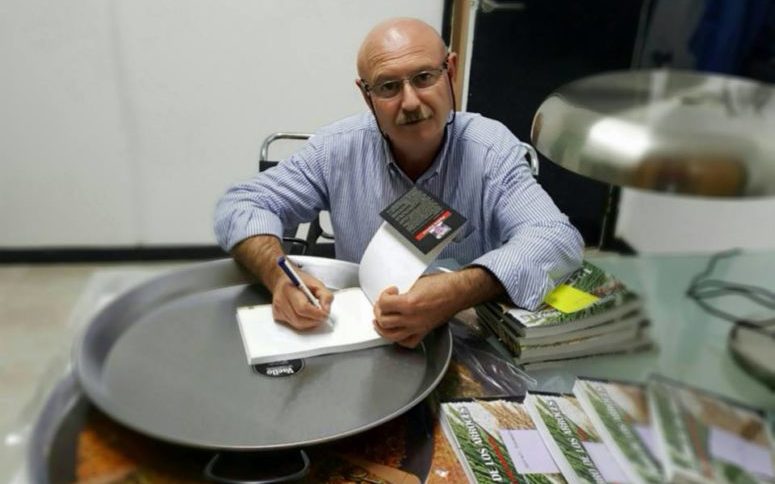
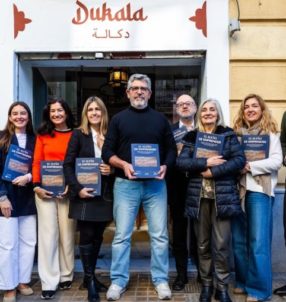
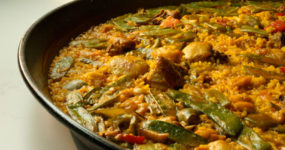
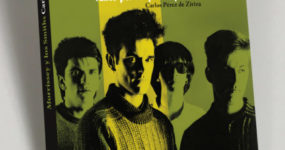
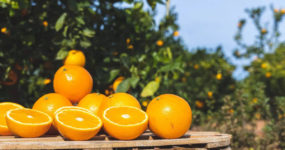


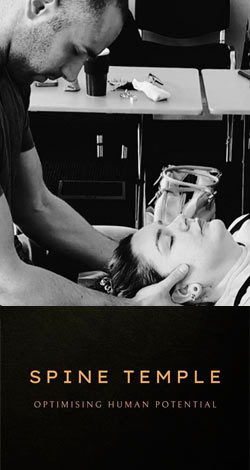















Leave a comment